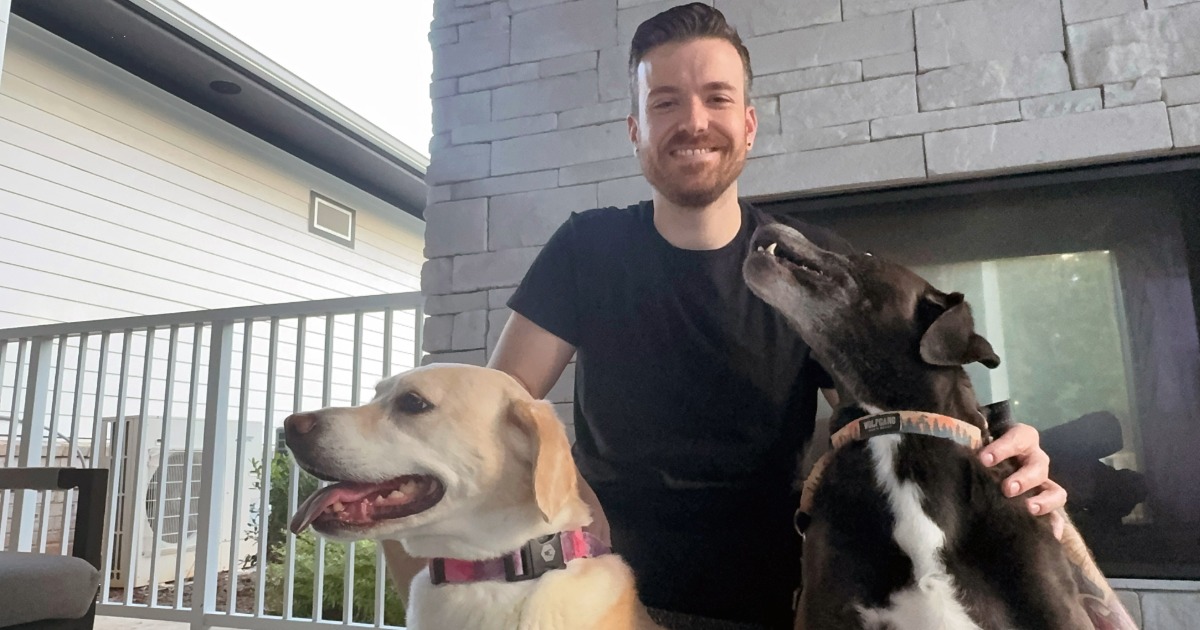
Stanford Health is working with Qualtrics, which develops patient experience technologies, to develop AI agents that interact directly with patients and care teams in proactive ways – such as targeting missed appointments and automatically arranging transportation, detecting language barriers, and then routing patients to interpreters or bilingual staff and more.
By embedding interventions directly into Stanford's operational workflows, the AI agents – under human supervision – could shorten the time between identifying a patient's challenge and resolving it, according to Qualtrics.
WHY IT MATTERS
Patients often struggle with making it to critical appointments and maintaining their care plans. Social determinants of health also factor into these challenges.
Through an extended collaboration, Stanford and Qualtrics seek to develop agents built on the Qualtrics XM Platform that can assist providers and take coordination tasks off their plates. They'll use patient, SDOH and operational data to reduce clinicians' administrative burdens, according to the announcement.
Agents will identify patients at high risk of missing appointments and automatically arrange transportation or offer telehealth alternatives. They'll also provide culturally sensitive support and resolve care coordination issues as clinicians oversee the actions, but do not have to manually perform them, Qualitrics said.
Of note, they plan to use AI agents to alert care teams to medication delivery support needs. To reduce the likelihood that a patient receives conflicting instructions, proposed AI agents will scan communications for consistency and accuracy and help address social determinants of health by linking patients to housing, food and transportation resources.
With AI agents performing clinicians' administrative tasks, they could help nurture provider-patient relationships and are expected to engender measurable improvement for reducing care team cognitive burdens.
"This collaboration – which combines Qualtrics' deep human understanding with Stanford's clinical and operational leadership – is a pivotal moment for the healthcare industry that will elevate how providers manage and deliver their patient and caregiver experience at unprecedented scale," Zig Serafin, Qualtrics CEO, said in a statement.
THE LARGER TREND
Qualtrics and Stanford Health have co-developed healthcare technologies since 2021.
This past year, Dr. Adrienne Boissy, chief medical officer of Qualtrics and a practicing neurologist at the Cleveland Clinic, explained that emotional harm can be caused by healthcare interactions and described how providers can manage critical patient feedback in real time.
Joining her for that HIMSSCast conversation, Alpa Vyas, senior vice president and chief patient experience and operational performance officer at Stanford Healthcare, described how information flows across the health system's channels and drives patient-relations-team workflows, improving results for both patients and employees.
A second win, Vyas said, was sharing aggregated trends data monthly with operations teams.
ON THE RECORD
"Trust is built when patients feel truly seen, heard and cared for," David Entwistle, Stanford Healthcare's president and CEO, said in a statement. "By developing AI that supports our teams and aligns with the way we deliver care, we can protect the time and attention that positively fuels the provider-patient relationship, while meeting people's needs in the moment, every time."
Andrea Fox is senior editor of Healthcare IT News.
Email: afox@himss.org
Healthcare IT News is a HIMSS Media publication.


